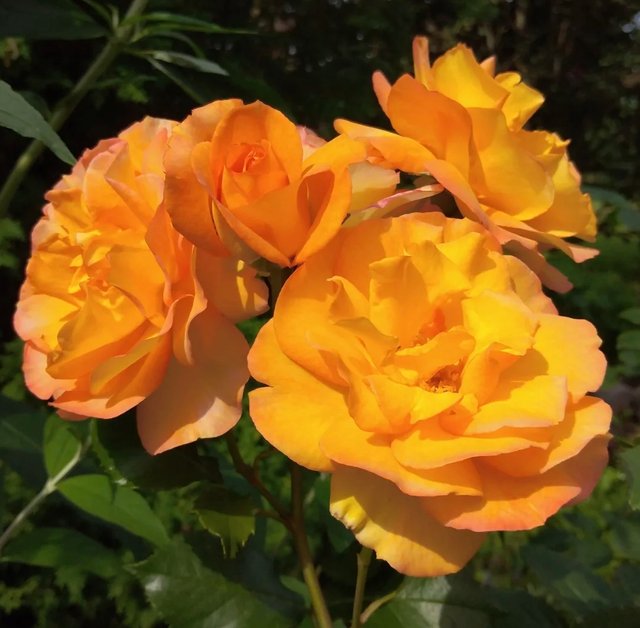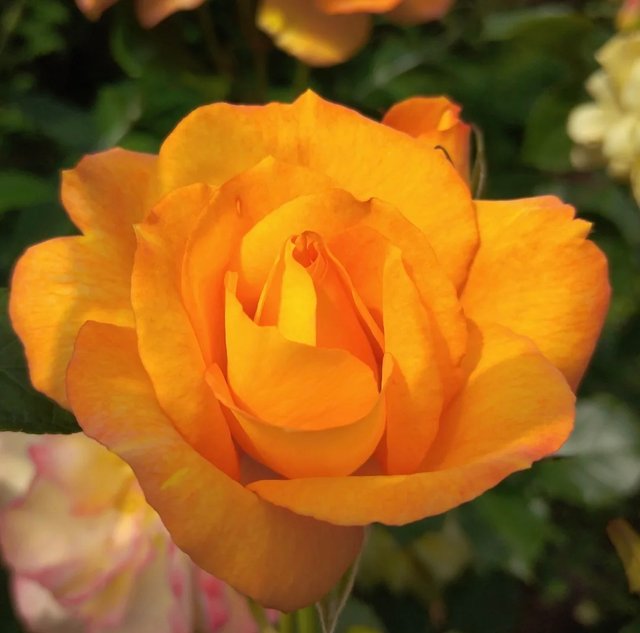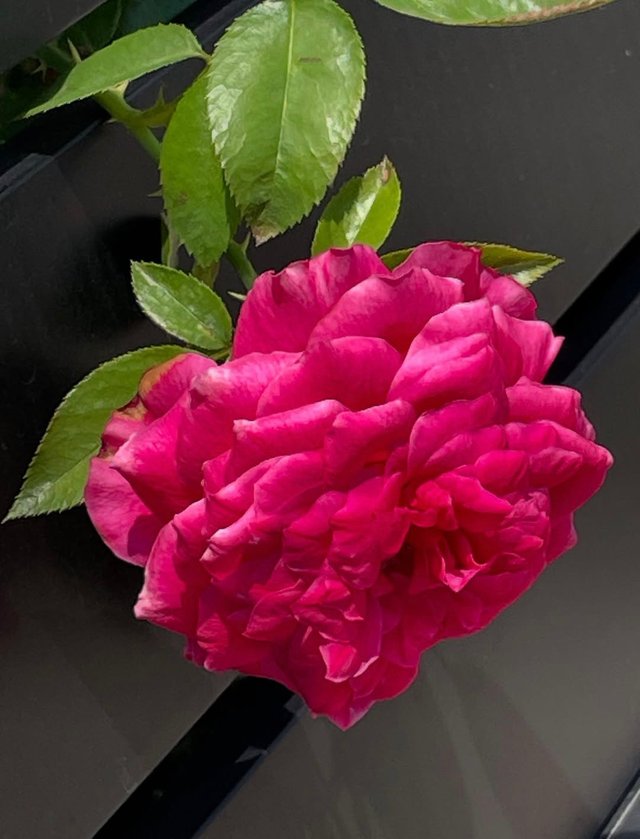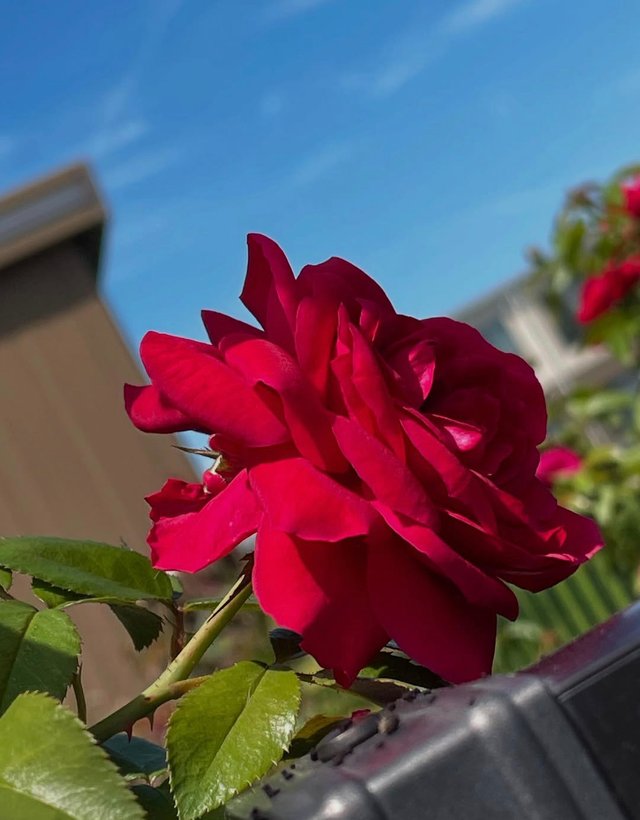The Rose Flower
Few flowers carry the universal recognition, historical depth, and emotional symbolism that the rose does. Revered across civilizations, immortalized in poetry and art, and cultivated in gardens worldwide, the rose has earned its place as the undisputed Queen of Flowers.From ancient Persia to Victorian England and from sacred rituals to modern-day weddings, roses have captivated the human heart for centuries.
Roses typically feature five or more petals, often arranged in tightly coiled spirals that unfurl with elegance. The plant itself can take the form of bushes, climbers, groundcovers, or standards.Egyptians used roses in religious ceremonies and tomb decorations.Greeks and Romans associated the rose with their goddesses of love—Aphrodite and Venus.In Medieval Europe, the rose symbolized the Virgin Mary and was used in Christian iconography.During the War of the Roses in England, the red rose symbolized the House of Lancaster and the white rose the House of York.
Roses are both rewarding and demanding. Here are basic tips for success 6–8 hours of direct sunlight daily.Well-drained, loamy soil enriched with organic matter.Deep watering once or twice a week.Regular pruning encourages new growth and air circulation.Use rose-specific fertilizers for vibrant blooms.Watch for aphids, black spot, and powdery mildew.Modern hybrid roses often have built-in resistance to many diseases, making them more gardener-friendly.



